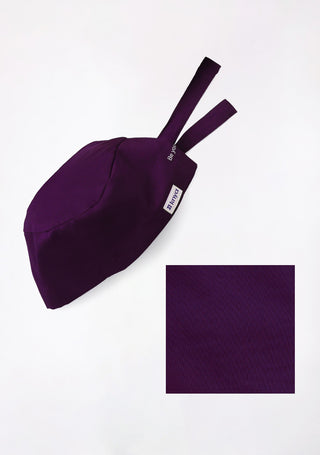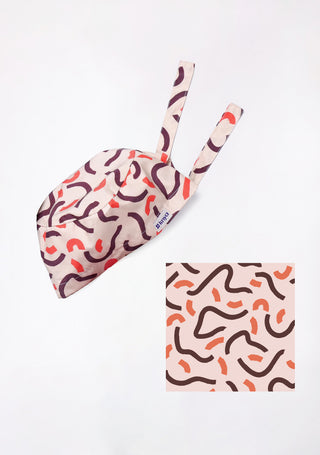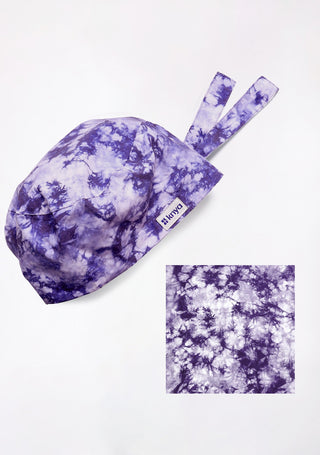Hospitals are professional spaces where hygiene, safety, and appearance all play a key role in creating trust. The hospital dress code is not only about looking uniform but also about ensuring the safety of patients and healthcare workers. Among the most important elements of this dress code are scrubs and lab coats, which have become symbols of medical professionalism. With the Knya brand, medical professionals get scrubs and lab coats that balance comfort, durability, and functionality, making them an essential part of the modern healthcare wardrobe.
This blog will explain why scrubs and lab coats matter, their role in maintaining hygiene, and how they support the professional image of healthcare workers.
Ready to explore our amazing scrubs collection? Browse the best here.
Why Do Hospitals Have a Dress Code?
Hospitals deal with critical health conditions every day. A dress code ensures that staff are easily identifiable, protected from potential hazards, and able to maintain the highest standards of hygiene. Scrubs, lab coats, and underscrubs form the base of this dress code, making it practical and effective.
The Importance of Scrubs
Scrubs are the primary uniform for doctors, nurses, and other healthcare professionals. They are designed to be simple, easy to clean, and practical for long working hours. The fabric is usually lightweight and durable, making it perfect for handling busy shifts.
Scrubs for men and women often come in various fits, colors, and patterns, but their core purpose remains the same: ensuring hygiene and functionality in the hospital setting. Brands like Knya make scrubs that are breathable and comfortable, which is important for professionals who spend hours in patient care.
Why Lab Coats Still Matter?
Lab coats are more than just white garments. They act as a barrier between healthcare workers and contaminants, protecting both staff and patients. A lab coat gives a professional appearance, and it also provides practical benefits like multiple pockets for carrying tools, notes, or instruments.
In many hospitals, lab coats are worn over scrubs to complete the dress code. With Knya lab coats, healthcare professionals can maintain both style and safety while adhering to dress code requirements.
Underscrubs: The Unsung Hero
While scrubs and lab coats are the most visible, underscrubs play a quiet but vital role in the hospital dress code. Worn beneath scrubs, underscrubs add an extra layer of comfort, absorb sweat, and help regulate body temperature during long shifts.
With breathable underscrubs from Knya, professionals can ensure comfort without compromising mobility. They fit seamlessly into the hospital dress code while improving the overall experience of wearing scrubs.
How Scrubs and Lab Coats Build Trust?
The dress code is not just about function; it also builds trust with patients. A clean, well-fitted pair of scrubs or a neat lab coat signals professionalism. Patients often associate scrubs and lab coats with competence, care, and authority in medical environments.
Comfort and Performance During Long Hours
Healthcare professionals often work extended shifts. That is why scrubs and lab coats must be made with breathable, durable fabrics that allow easy movement. Knya’s focus on high-quality fabric ensures comfort, which is an important part of performing well in a high-pressure hospital environment.
Click here to explore comfortable lab coats and discover our complete collection of comfortable and stylish medical apparel
Infection Control and Hygiene
One of the main reasons scrubs and lab coats are part of hospital dress codes is infection control. These garments can be easily cleaned and disinfected, reducing the risk of spreading harmful bacteria. Disposable lab coats and reusable scrubs are specifically designed to maintain hygiene standards.
Modern Hospital Dress Codes: Blending Function with Style
Today, hospital dress codes are evolving. While the traditional blue or green scrubs remain standard, many institutions now allow variations in fit and style, as long as hygiene and safety are not compromised. Knya scrubs and lab coats bring in modern designs that combine professional appearance with everyday practicality.
Conclusion
Hospital dress codes are more than just uniforms—they represent hygiene, professionalism, and trust. Scrubs, lab coats, and underscrubs are central to this code, shaping how doctors, nurses, and other healthcare staff perform their duties. With Knya, healthcare workers get reliable scrubs and lab coats that make their professional life more comfortable and efficient.
A hospital dress code will always matter because it protects patients, supports medical staff, and strengthens the trust placed in healthcare systems.












